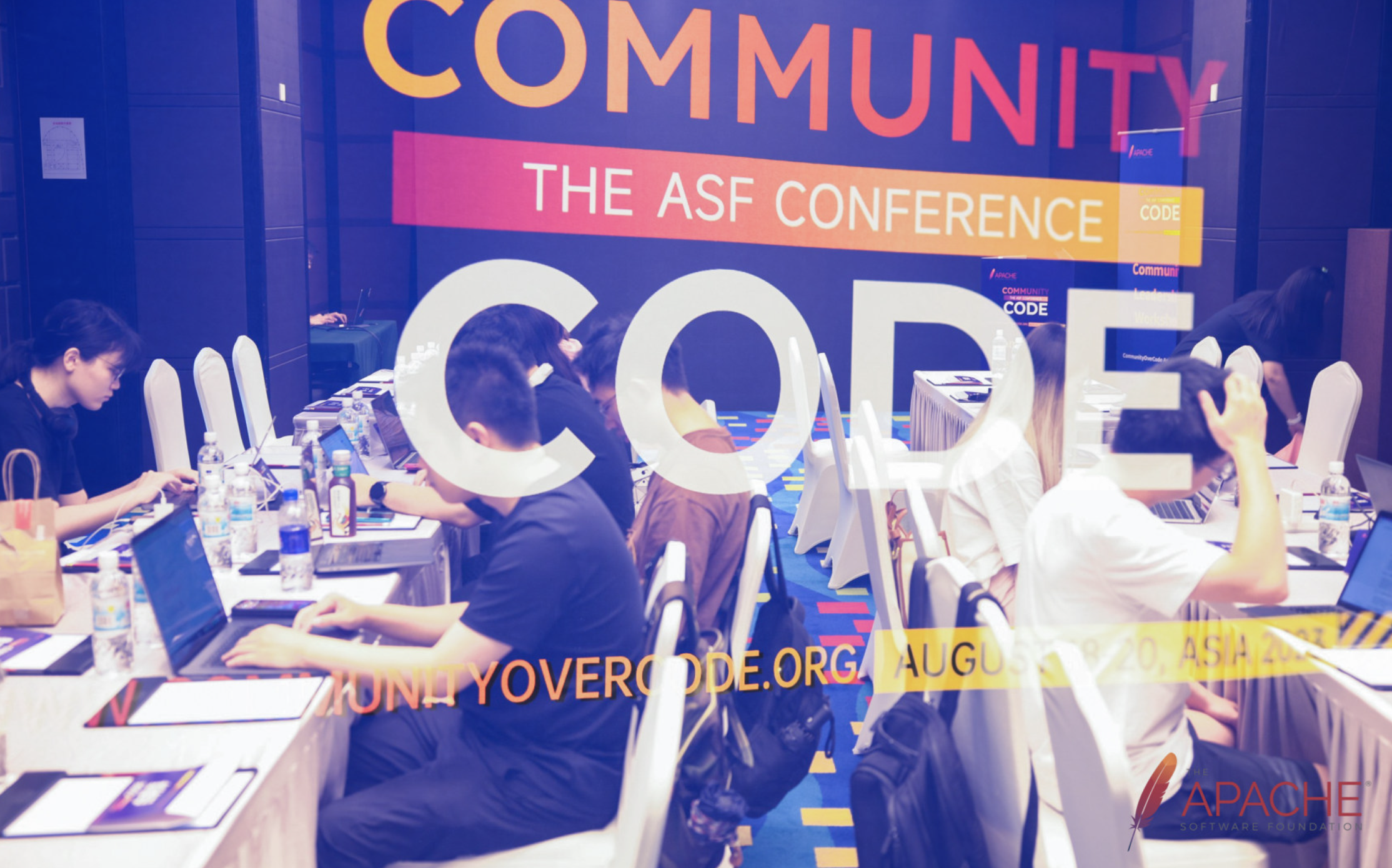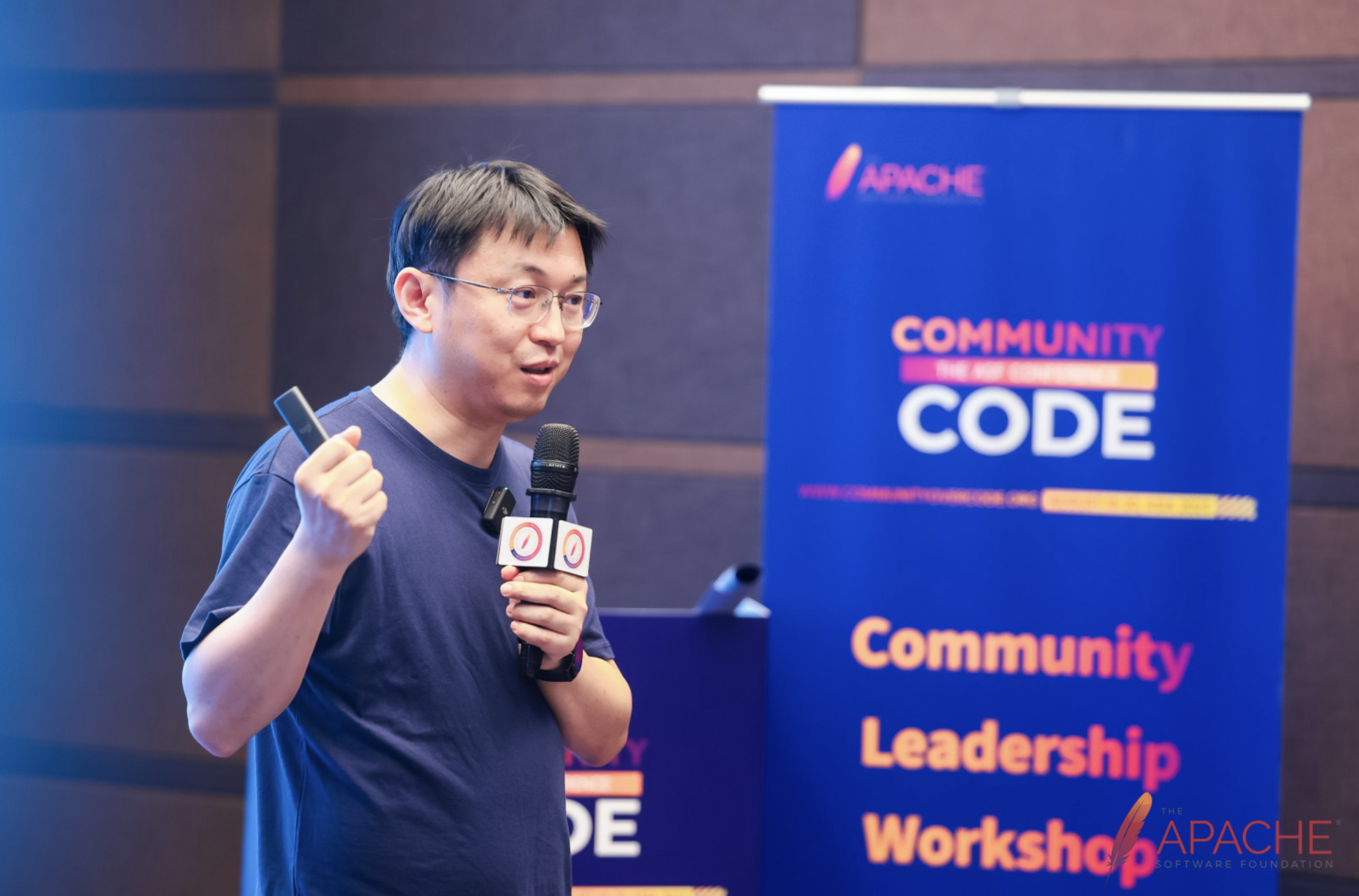Original link: https://www.ixiqin.com/2023/09/05/how-to-better-run-an-open-source-project-community/
In 2023, there are three things that I am happy about in the DevRel field:
One is Dev.Together, which will continue to be held this year. Once again, we will exchange experiences with domestic DevRel partners to see how everyone is living and what they are doing.
The second is the publication of a new book translated by my friend Richard: “Developer Relations: Methods and Practices” . As a DevRel practitioner, the identity of a developer can make me deeply feel the pain of developers, so as to help developers solve problems. But I don’t have systematic thinking to guide me to solve problems more efficiently.
The third is the convening of the Community Leadership Workshop, which allows me to learn some issues in the open source community and developer community that I have never thought about or noticed in the past, helping me fill in the gaps in my cognition and better serve the Developer.

Domestic DevRel practitioners don’t have much information and experience to refer to, and they rely on exploration. Therefore, I also hope that through this note, you can see some status quo about DevRel and the open source community, and help you better handle their own work.
Introduction to Community Leadership Workshop
Before proceeding to the following specific content, let me briefly introduce the Community Leadership Workshop. This is a small-scale workshop organized by @江宁, @Tison and @Richard participated in the pre-conference meeting of this year’s Apache Con Asia. It mainly introduces Their experience in open source work and developer work in enterprises helps everyone better understand open source and developer work.
In terms of theme, @江宁 mainly introduced why companies should do open source; while Tison introduced his own best practices in the process of operating some open source communities (I have learned a lot from this part), and @Richard introduced Some of the issues faced by DevRel practitioners.
Some of the following questions will also be introduced around these themes, and you can guess who said what. From the 8 hours of sharing, I have provided some of my most beneficial questions and shared them with you.
Start with a question: OpenAI’s ChatGPT exploded, should it be open source?

This question hits the root of enterprise open source: why open source?
As an open source person, I subconsciously feel that ChatGPT should be open source so that it can run better, but reason tells me that OpenAI will not open source ChatGPT. Even though OpenAI has open sourced some capabilities (such as Whisper), for OpenAI, the current ChatGPT and the large model behind it are still an important part of its corporate revenue.
When the big model is its core moat, he will not choose to open source it, just as we have seen many open source companies, the core moat is not the product of their open source, the services around the open source product are what they really provide value.
And in this part @江宁 also gave the answer:
Most of the time, the open source is often not the leader in the industry, but the second in the industry. Through open source to achieve differentiated competition: “I may not be the best, but I am the best open source replacement, you can Use it cheaply.” Just like Meta open source LLAMA, through LLAMA to compete with OpenAI.
What is the ecological niche of your business in the open source ecosystem?
Different companies have different ecological niches in the open source ecosystem. Some companies are initiators of open source projects, such as Meta for LLAMA, and OpenAI for Whipser. Some companies are contributors to open source projects, such as Red Hat’s Linux Kernel.
For the initiators of the project, they are the upstream of the entire open source project. They occupy their own place in the market through open source, and earn income by setting different Paywalls. Or by providing official SaaS services and the like to help customers solve problems.
As for the contributors to the project, it is the downstream in the open source ecosystem. The downstream services may initially provide services based on the upstream version, but as the services provided are different, the downstream enterprises need to gradually provide contributions to the upstream. Contribute your own code to the upstream to avoid maintaining too many branch versions yourself, resulting in relatively large maintenance costs. Downstream enterprises can also become the core team of a project through gradual contributions and influence the development of the project.
If your business revolves around an open source project, you can think about what is the ecological niche of your business? How do you contribute to the project and how do you get benefits?
What is the default configuration for open source projects?

I am also a maintainer of some open source projects myself, and I will try to do something around open source projects. In this process, what should be done and how should be promoted? In fact, I have never had a special theoretical framework for these issues. However, this Workshop gave me a lot of suggestions and conclusions on this issue, which helped me Better to promote the project.
- Home Page / Home page is the most important thing
When many developers are developing projects, they put the code on Github and end their open source work . As everyone knows, this can only be regarded as your code is publicly available (Source Avaliable), if you do not configure LICENSE, it is not open source.
And configuring LICENSE only solves the compliance problem of your project. If you have higher expectations, more work is required. The most important thing here is a project home page. The project home page determines how developers find your software and content. Developers will use your homepage to find out about the latest updates.
If your project doesn’t have a homepage, just make a simple Landing Page and put it in Github Pages as the start of your project!
- Build a community, not a crowd
Because of the existence of “private domain traffic” in China, everyone likes to create a WeChat group first when doing operations, but the problem with WeChat groups is that the signal-to-noise ratio is too low, and there are a lot of repetitive and meaningless content in them. In contrast, building a simple forum may be a better choice.
Through guidance in the community, you can allow developers to communicate on their own, and reuse content as much as possible, reducing the problem of repeated content construction.
If you don’t have time and manpower to build a forum, then use Github’s own Discussion to run a forum~
- Differentiate between different types of developers
In my previous opinion, a developer is a developer, and there is no distinction between types. But Tison mentioned that developers are also classified. Some developers are core developers, some are integrated developers, and some are application developers.
The core developers are often guided by the concept of your open source software. As long as the concept of the software itself does not change, the developers will continue to use it.
Integrated developers build integrations between different systems. They focus on the ease of use and stability of your system itself. They often come to your software with different purposes. You need to pass blogs, tutorials , Workshop and other tools to help him quickly complete the integration to accomplish his business goals. After the development of the integration developer is completed, it can help your business expand rapidly. The characteristics of its integration determine that it is the work of the plumbing. Once the plumbing is established, users will come in continuously.
The type of application developer is similar to the type of integrated developer. The difference is that the application developer does not build a water pipe with the existing system, but digs a new water pool. The cost and investment are greater, but it can also build a water tank that is more suitable for you. pool for business. Also a good choice.
Distinguishing these three different types of developers and prescribing the right medicine can help you effectively complete the establishment of developer communities and relationships, so that you can get twice the result with half the effort!
Summarize
The content of Community Leadership Workshop is really too much. For me, every point is worthy of detailed analysis, dismantling and understanding, but after all, the article always has an end, so this article will end here first. For the follow-up content, let me break it down into details one by one, and share it with everyone~
This article is transferred from: https://www.ixiqin.com/2023/09/05/how-to-better-run-an-open-source-project-community/
This site is only for collection, and the copyright belongs to the original author.